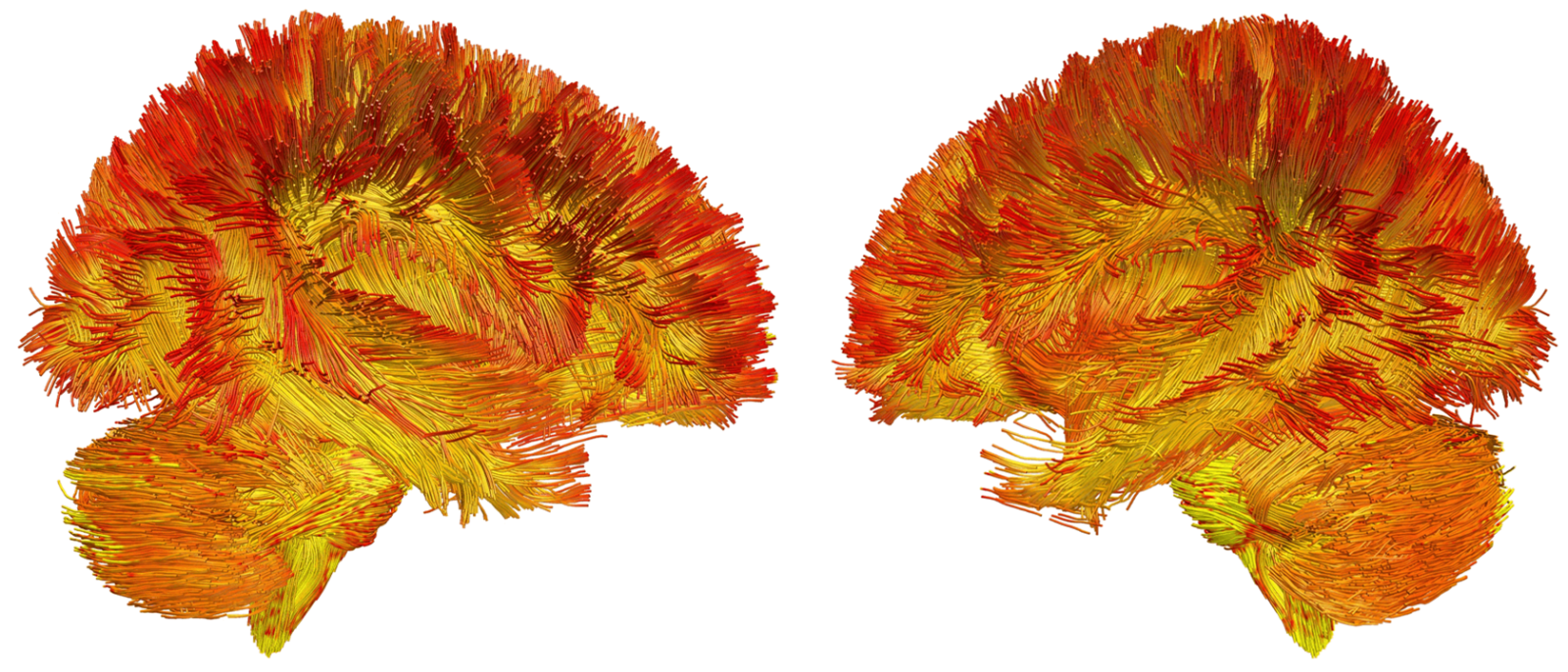Follow us on Google News (click on ☆)
This discovery opens new perspectives for understanding the links between brain energy and mental health. Researchers have mapped for the first time the density and efficiency of mitochondria, revealing unexpected variations across brain areas.
MitoBrainMap: unprecedented mapping
To create this map, scientists divided a human brain into 703 microscopic cubes. Each sample was analyzed to measure the quantity and performance of mitochondria. This data was then extrapolated through computer modeling to the entire brain.

Image Columbia University
The results show that mitochondria are not uniformly distributed. Regions involved in complex cognitive functions, like the cortex, contain more and more efficient mitochondria. This specialization reflects the evolution of the human brain.
The team also developed a model to estimate mitochondrial activity from standard MRI scans. This breakthrough could facilitate the study of neurodegenerative diseases, such as Alzheimer's, linked to energy deficits.
Implications for brain health
Mitochondria in newer brain regions, like the cortex, are more efficient than those in ancient structures. This difference could explain why certain diseases preferentially affect cognition or memory.
Researchers now plan to extend their work to 500 brains to refine their conclusions. The goal is to better understand individual variations and their impact on neurological or psychiatric disorders.
This study highlights the importance of energy in brain function. By integrating this dimension, new therapeutic approaches could emerge, specifically targeting neuronal metabolism.
To go further: What is a mitochondrion?
Mitochondria are organelles present in all cells, responsible for producing energy in the form of ATP. They play a key role in cellular metabolism and influence overall health.
Their function depends on many factors, including nutrient supply and oxygenation. Mitochondrial dysfunction is associated with various pathologies, from neurodegenerative diseases to metabolic disorders.
Unlike other cellular components, mitochondria have their own DNA. This peculiarity makes them major players in research on aging and hereditary diseases.
Why does the brain consume so much energy?
The brain is an extremely active organ, requiring constant energy to maintain neural connections. Every thought, movement, or memory relies on electrochemical exchanges that are costly in ATP.
Neurons, particularly their synapses, are very energy-demanding. Mitochondria are therefore densely clustered there to meet this demand.
This high consumption also explains the brain's vulnerability to energy deficiencies, such as during a stroke or severe hypoglycemia.